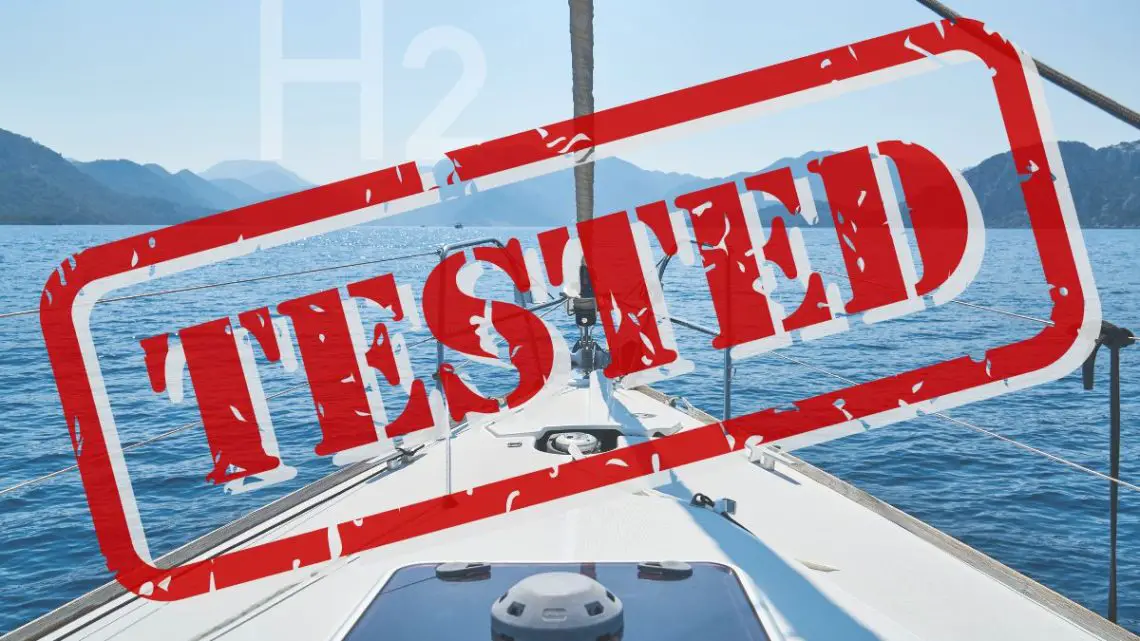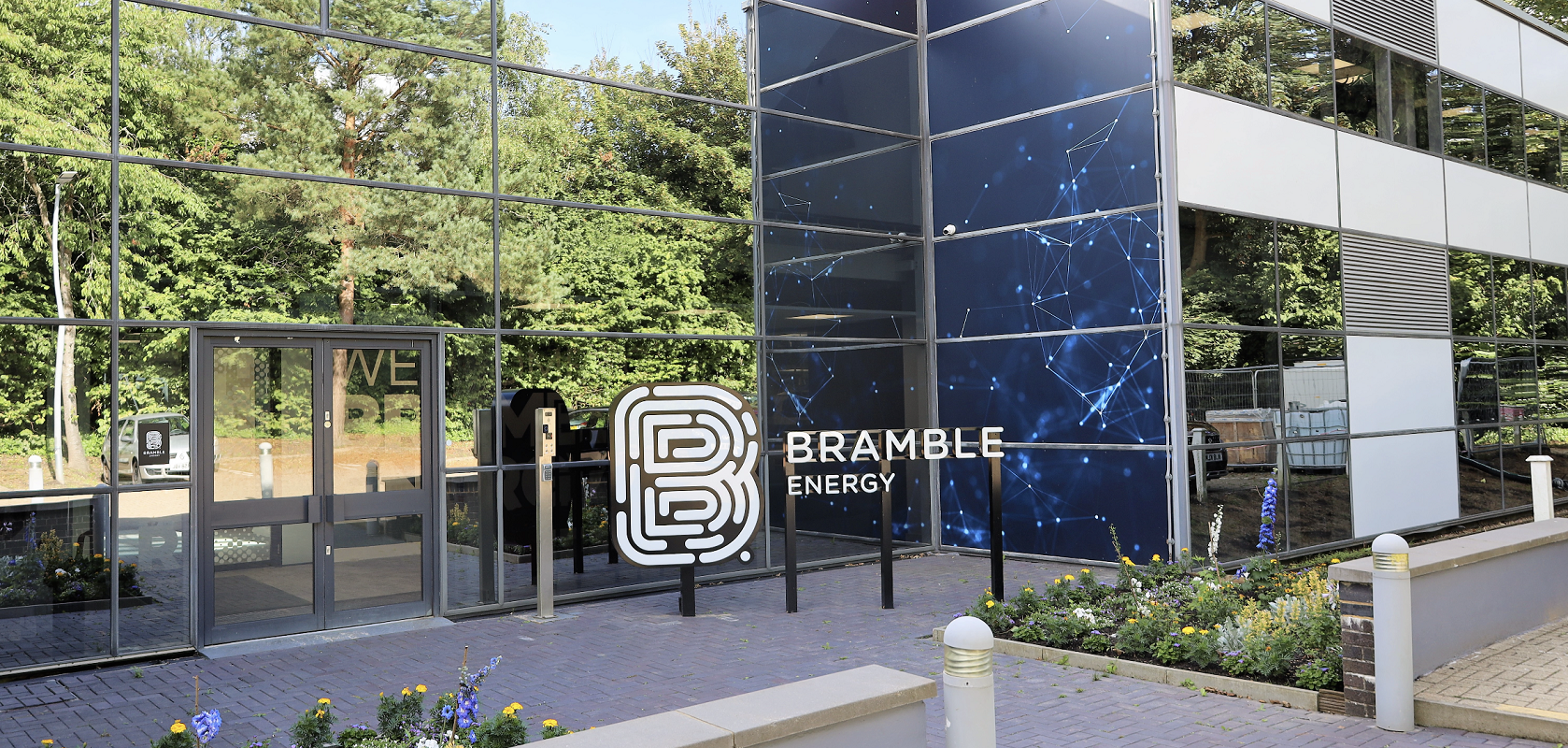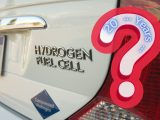
Bramble’s PCBFC-powered hydrogen boat completes test, a world first
January 11, 2024The UK technology company completed real-world testing of its 57-foot vessel.
Bramble Energy has revealed that it has successfully completed real-world testing of its hydrogen boat, which is powered by Printed Circuit Board Fuel Cell (PCBFC) technology.
The demonstration H2 vessel completed testing in Yorkshire.
Bramble Energy constructed a demonstration hydrogen boat together with Barrus, an engine builder. The vessel was built from the ground up. It was constructed in Sheffield where Bramble engineers created an entirely new design of an H2 system to meet marine requirements. Testing of the vessel was carried out and completed in Yorkshire where it was launched on the water in Sheffield.
The hydrogen-electric narrowboat is 57 feet long, emission free and uses a marinized fuel cell system. According to Bramble, the fuel cell system has the potential to deliver as much as 600 miles of range to the vessel with the14kg of hydrogen stored on-board. Meanwhile extra power is supplied to the 22kwh battery system from solar panels on the boat’s roof.
The purpose of the demonstration was to showcase the PCBFC technology, a solution to replace diesel engines in boats by providing a range extender to pure battery systems and removing the reliance on a charging base.
“In a short amount of time we have designed, developed, built and launched a working demonstration of our PCBFC™ technology within a marine application,” said Dr Tom Mason, co-founder and CEO of Bramble Energy. “Our solution has the ability to meet a range of power needs and is easily scalable, which is the exact catalyst the industry needs to make a seamless shift to hydrogen to quickly meet emissions regulations and contribute to greener and cleaner waterways.”
The hydrogen boat technology can save tons of CO2 annually.
According to the news release from Bramble Energy, each year the global maritime sector contributes to 940 million tons of CO2, which equates to about 2.5% of global greenhouse gases. The goal of Bramble’s project is to demonstrate how shifting to hydrogen fuel as a power source could help in the transition of making new vessels zero-emission capable from 2025, a requirement of the Clean Maritime Plan.

Bramble Energy’s Hydrogen Innovation Hub – Source: Bramble Energy
“CO2 emissions from the marine sector are staggering,” Mason said. “It requires a quick, convenient, cost-effective technology that also provides no compromise when it comes to performance.”
Bramble’s hydrogen boat has the potential to save each vessel that uses its powertrain tech up to 12 tons of carbon emissions each year.
Testing under real-world conditions.
 Now that the hydrogen boat has completed a comprehensive testing program on UK inland waterways, the next step for Bramble is to analyze the boat’s data, as well as vital information about the fuel cell’s performance under real-world conditions, at its Hydrogen Innovation Hub in Crawley.
Now that the hydrogen boat has completed a comprehensive testing program on UK inland waterways, the next step for Bramble is to analyze the boat’s data, as well as vital information about the fuel cell’s performance under real-world conditions, at its Hydrogen Innovation Hub in Crawley.
The purpose of the analysis is to support the future development of PCBFC systems for use in more maritime applications.
Ready to test your knowledge on the most abundant element in the universe? Take our fun and engaging Hydrogen Quiz now! [forminator_quiz id=”58712″]



 With over 15 years of reporting hydrogen news, we are your premier source for the latest updates and insights in hydrogen and renewable energy.
With over 15 years of reporting hydrogen news, we are your premier source for the latest updates and insights in hydrogen and renewable energy.